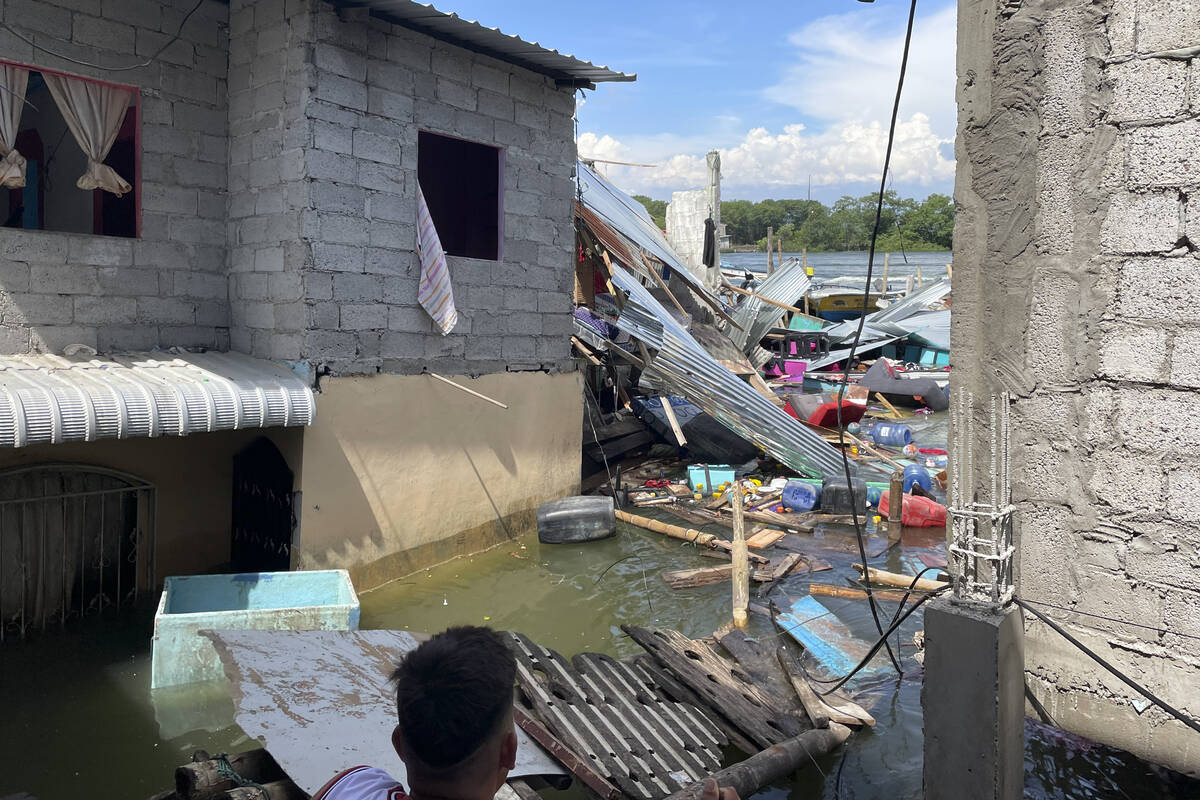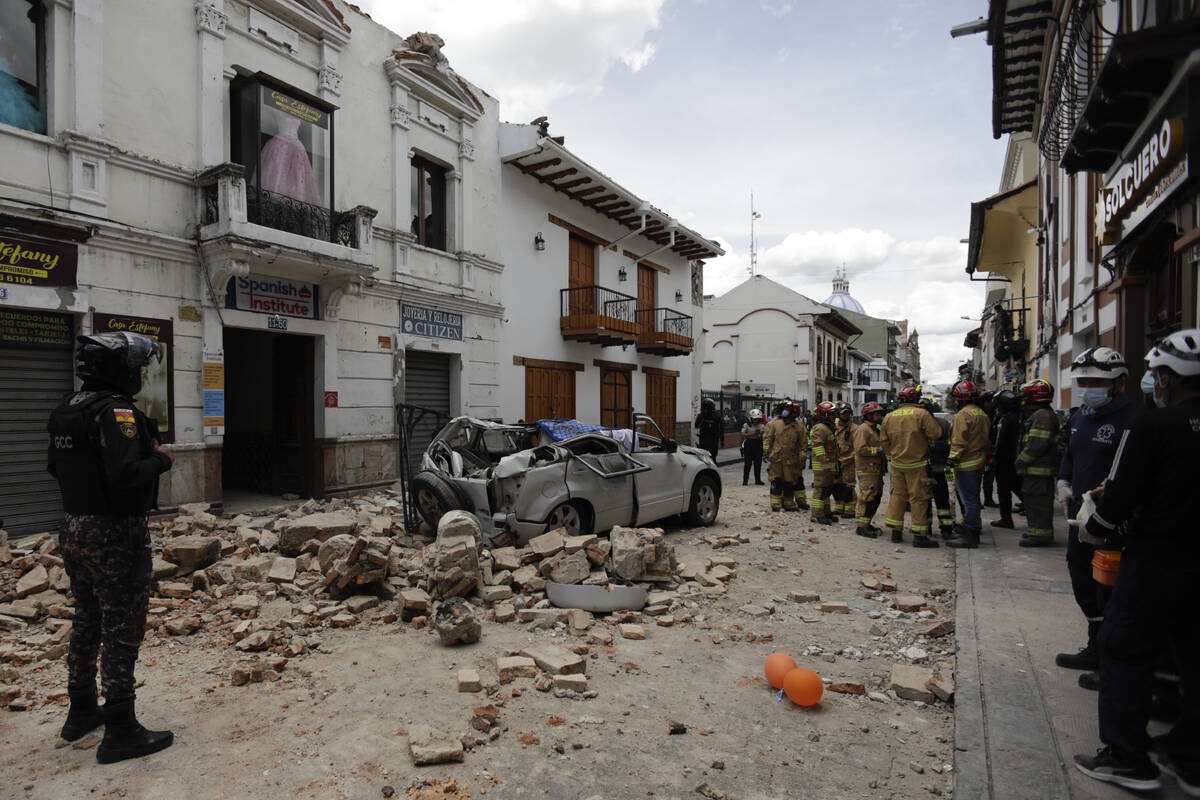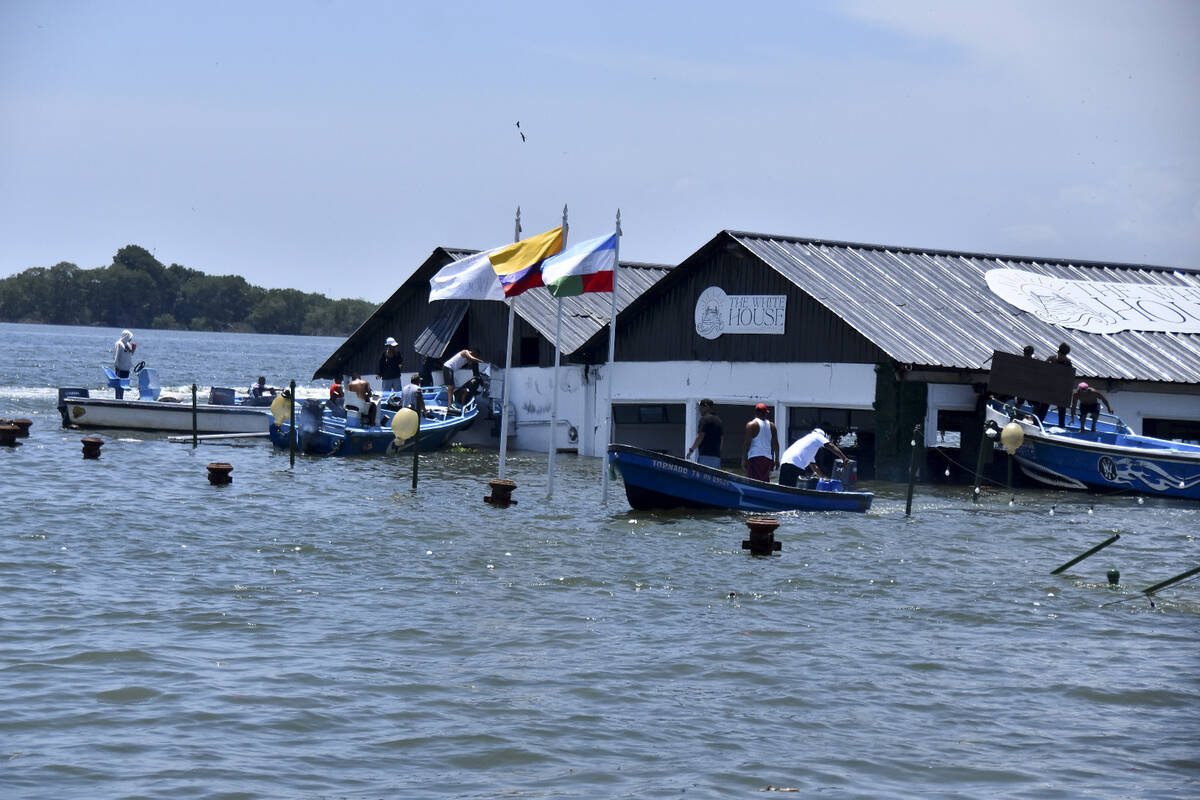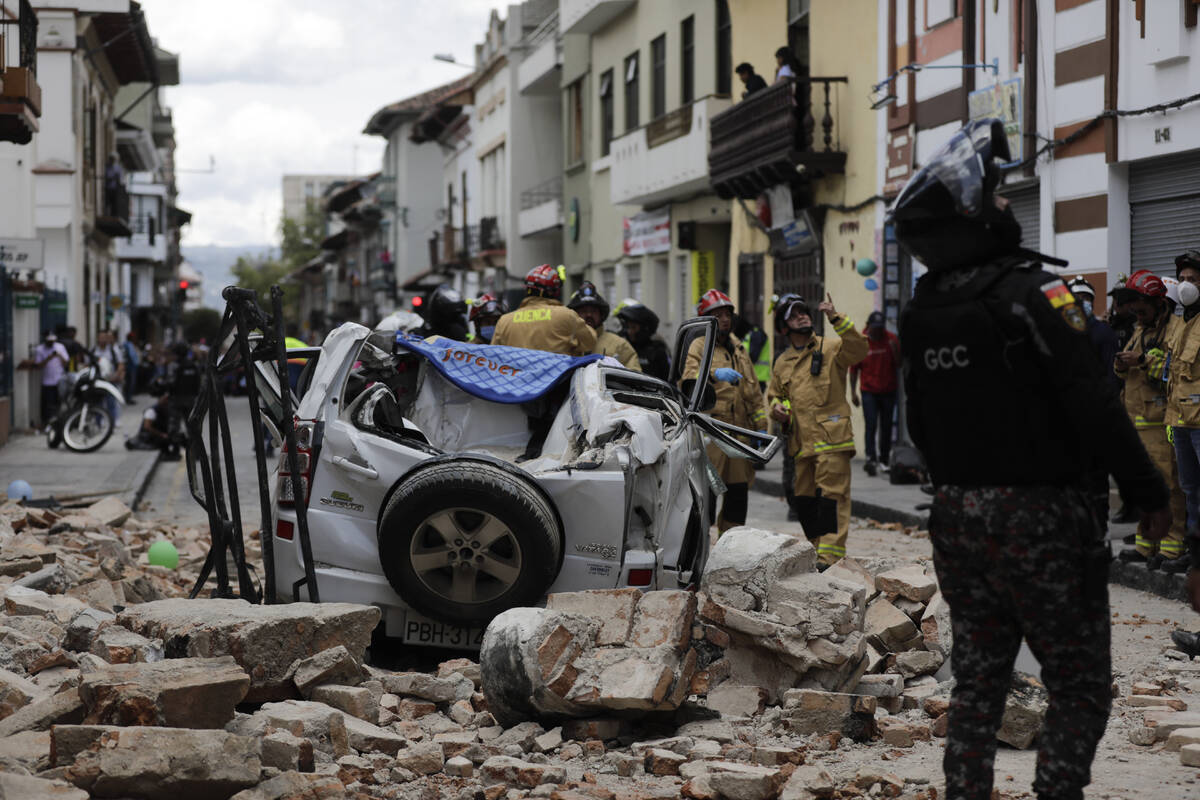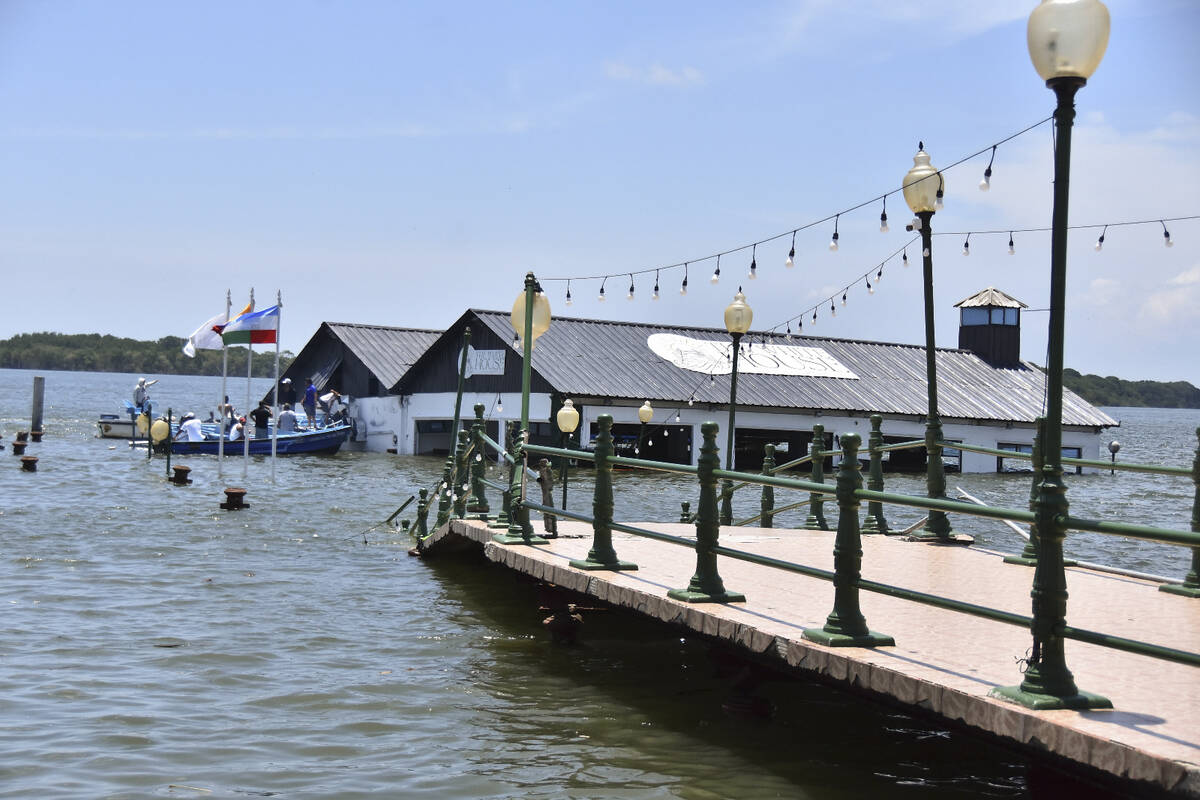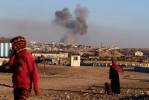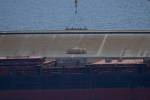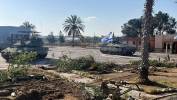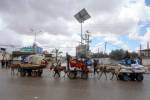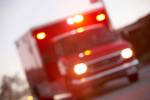Earthquake damages Ecuador, Peru
QUITO, Ecuador — Juan Vera lost three relatives when a strong earthquake that shook parts of Ecuador and Peru on Saturday brought down his niece’s home. The government has offered to pay for the woman’s funeral and those of her baby and her partner, but Vera wonders why local authorities allowed his relatives to live in such an old home to begin with.
“Because of its age, that building should have been demolished already,” Vera said outside the morgue in Ecuador’s community of Machala, where he was waiting for the three bodies to be released. “… I’m sorry, the mayor’s office is the entity that has to regulate these things through its planning departments so that the buildings are in good condition to be rented out or inhabited.”
The earthquake with about 6.8 magnitude Saturday, as reported by the U.S. Geological Survey, killed at least 15 people and brought down homes and buildings in vastly different communities, from coastal areas to the highlands. But in Ecuador, regardless of geography, many of the homes that crumbled had a lot in common: They housed the poor, were old and did not meet building standards in the earthquake-prone country.
By Sunday, the number of people injured in Ecuador was reported to be at least 446. The earthquake centered just off the Pacific Coast, about 50 miles (80 kilometers) south of Guayaquil, Ecuador’s second-largest city.
One of the victims died in Peru, while 14 others died in Ecuador, where authorities also reported more than 300 damaged homes, schools, health care centers and other buildings. The office of Ecuadorian President Guillermo Lasso reported that 12 of the victims died in the coastal state of El Oro and two in the highlands state of Azuay.
One of the victims in Azuay was a passenger in a vehicle crushed by rubble from a house in the Andean community of Cuenca, according to the Risk Management Secretariat, Ecuador’s emergency response agency.
In El Oro, the agency also reported that several people were trapped under rubble. In the community of Machala, a two-story home collapsed before people could evacuate, a pier gave way and a building’s walls cracked, trapping an unknown number of people.
Quito-based architect Germán Narváez said the houses most affected during earthquakes are those with deficient construction and that lack foundation, structure and technical design. He added that the houses are also old and built with materials such as adobe, which was once frequently used in Andean communities.
“At critical moments of seismic movements, they tend to collapse,” he said.
Ecuador is particularly prone to earthquakes. In 2016, a quake centered farther north on the Pacific Coast in a more sparsely populated area of the country killed more than 600 people.
In Peru, the earthquake was felt from its northern border with Ecuador to the central Pacific coast. Peruvian Prime Minister Alberto Otárola said a 4-year-old girl died from head trauma she suffered in the collapse of her home in the Tumbes region, on the border with Ecuador.
Peruvian authorities also reported that four homes were destroyed and the old walls of an Army barracks collapsed in Tumbes.
Pope Francis offered prayers for the victims during his weekly Sunday noon blessing.
“I’m close to the Ecuadorean people and assure them of my prayers for the dead and suffering,” Francis said.
Saturday’s quake killed at least 15 people, injured hundreds and brought down homes and buildings in vastly different communities, from coastal areas to the highlands. At least one of the deaths was in Peru.
Saturday’s earthquake destroyed the home of Dolores Vaca in Machala. The moment she felt the first jolt, she said, she ran out into the street while her husband managed to drag their daughter out. Then, “everything fell apart, the house flattened, everything was lost,” she said.
Vaca’s neighbors were not as lucky. She said five died when the house next to hers collapsed.
In Guayaquil, about 170 miles (270 kilometers) southwest of the capital, Quito, authorities reported cracks in buildings and homes, as well as some collapsed walls. Videos shared on social media show people gathered on the streets of Guayaquil, which anchors a metro area of over 3 million people, and nearby communities.
One video posted online showed three anchors of a show dart from their studio desk as the set shook. They initially tried to shake it off as a minor quake but soon fled off camera. One anchor indicated the show would go on a commercial break, while another repeated, “My God, my God.”
A report from Ecuador’s Adverse Events Monitoring Directorate ruled out a tsunami threat.
Machala student Katherine Cruz said her home shook so badly that she could not even get up to leave her room and flee to the street.
“It was horrible. I had never felt anything like this in my life,” she said.
Garcia Cano reported from Caracas, Venezuela. Associated Press writer Franklin Briceño in Lima, Peru, contributed to this report.



